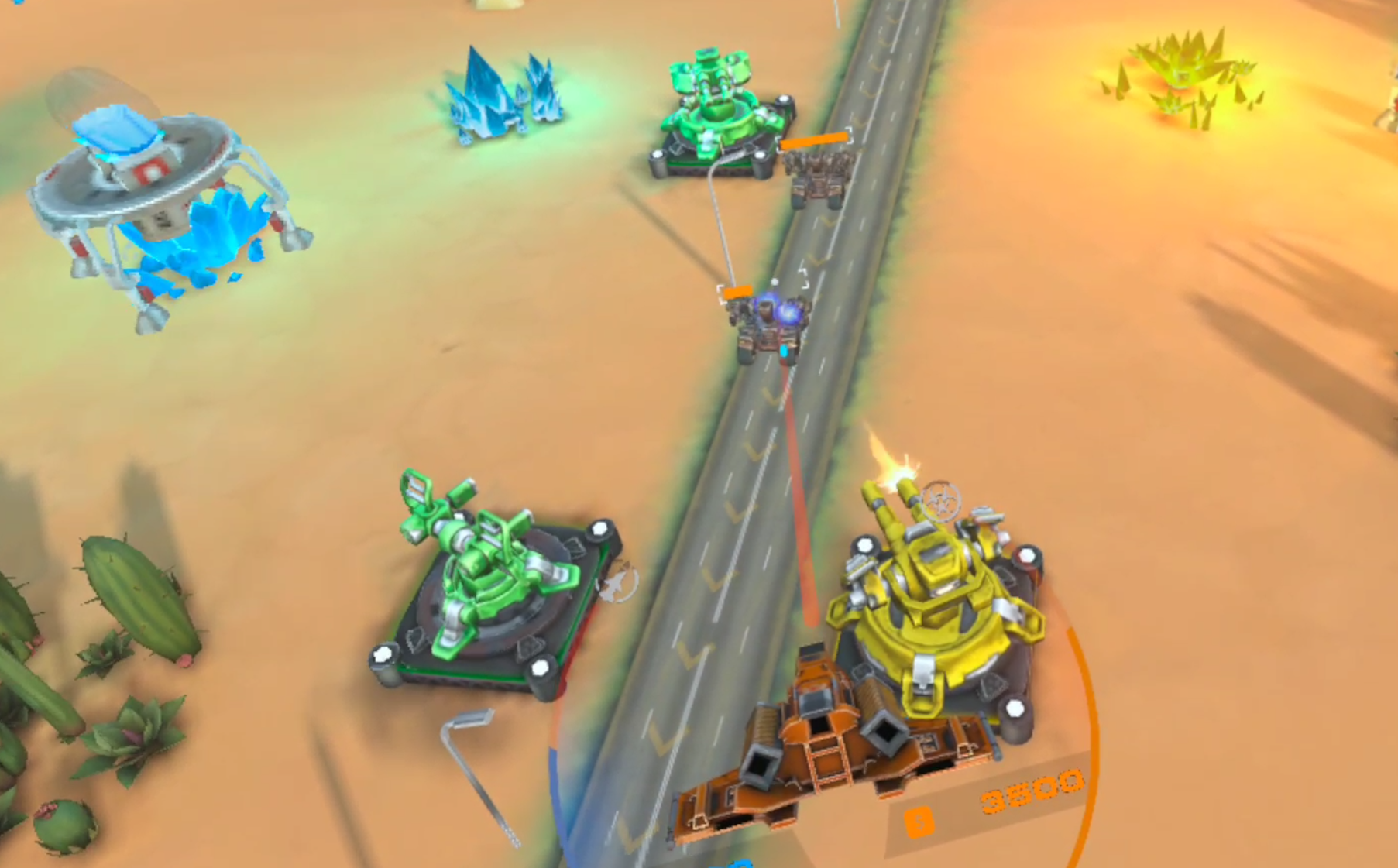Iron Guard's One Choice that puts the VR in VR Tower Defense
So how does Iron Guard, a VR Tower Defense game, use Virtual Reality perspective and hand controls well in a Tower Defense game? If you're familiar with previous critiques on this site, you'll know that here at Reality Remake we believe that Virtual Reality games should use VR perspective and controls to their fullest, otherwise they might as well be on a flat screen. Well Iron Guard has a good example of doing just that.
The Role of the Player
In Iron Guard you're not some omniscient and undefined commander looking down at the entire battlefield through a 2D or isometric view. Instead your right hand is an "Engineer" or rather a little flying drone that you take control of. You still effectively take an omniscient view, and you look around the arena with your head and eyes like in any other VR game.
The little plane that your right hand becomes effectively functions just as your left hand does, as a controller with specific functions in the game. In this case those functions are to shoot lasers and launch missiles, while your left hand is used for building the Towers, Barricades, and Resource Miners you will use to defend your objective.
Feeling Like a Part of the World
If this were only adding a little flavor so that using your hands to control the battlefield makes a little more sense in the universe of the game, then that would not be a lot unto itself. What makes the little ship that your right hand becomes take on actual weight in the game as something more than a setting and aesthetic choice is a single enemy type in Iron Guard, the enemy robot flyers.
These are not constrained to a lane like their land bound brethren, and don’t attack the objective you are defending, but rather fly around the arena and attack you, well not you, they attack your right hand. While you use your eyes to see and your left and right hands together, only your right hand is actually represented in the game. So that is what the flying robots pay attention to, and what they shoot at with their lasers.
If one of those lasers hits your little drone then you cannot fire for a while, and all of your abilities begin their cooldowns again. It is very unfortunate to get hit, and with the exception of rocket turrets only you can take down the flying robots. You will have to dodge the enemy flyers, and you will have to shoot them down. Suddenly your plane hand that was little more than a pointer takes on real meaning, suddenly you treat it like a plane.
You duck and weave and fire volleys back. It's not just your hand anymore, it feels like a part of the world rather than just a glorified mouse pointer on a very fancy pair of screens. A switch flips in the mind at this change, and it becomes more natural to see your hand as what it is visually represented as, the ship which controls your defense efforts.
You become closer with your virtual counterpart in the world of Iron Guard, and therefore feel like an actual part of the world, and not some omniscient controller who commands with aloof detachment.
This is the sort of immersion that only Virtual Reality games can pull off, and in this case it is even more abstract than your human body being a virtual human avatar's body. Now your hand becomes a plane that controls your defense of a distant and deeply damaged space colony. It becomes a part of the world.
It would have been better if more had been done with this concept in Iron Guard, but the fact that it exists at all is a step in the right direction for Virtual Reality Tower Defense games, and VR games in general.
You can find Iron Guard on Steam for 7.99$ (a free demo is available as well) and on the Oculus store for 14.99$.






